Aditya Wadaskar
Structured Two-Stage True-Time-Delay Array Codebook Design for Multi-User Data Communication
Nov 15, 2023Abstract:Wideband millimeter-wave and terahertz (THz) systems can facilitate simultaneous data communication with multiple spatially separated users. It is desirable to orthogonalize users across sub-bands by deploying frequency-dependent beams with a sub-band-specific spatial response. True-Time-Delay (TTD) antenna arrays are a promising wideband architecture to implement sub-band-specific dispersion of beams across space using a single radio frequency (RF) chain. This paper proposes a structured design of analog TTD codebooks to generate beams that exhibit quantized sub-band-to-angle mapping. We introduce a structured Staircase TTD codebook and analyze the frequency-spatial behaviour of the resulting beam patterns. We develop the closed-form two-stage design of the proposed codebook to achieve the desired sub-band-specific beams and evaluate their performance in multi-user communication networks.
A High Resolution Multi-exposure Stereoscopic Image & Video Database of Natural Scenes
Jun 22, 2022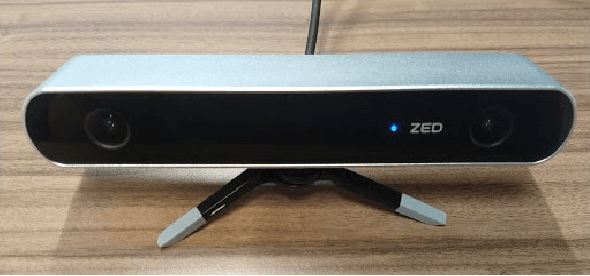
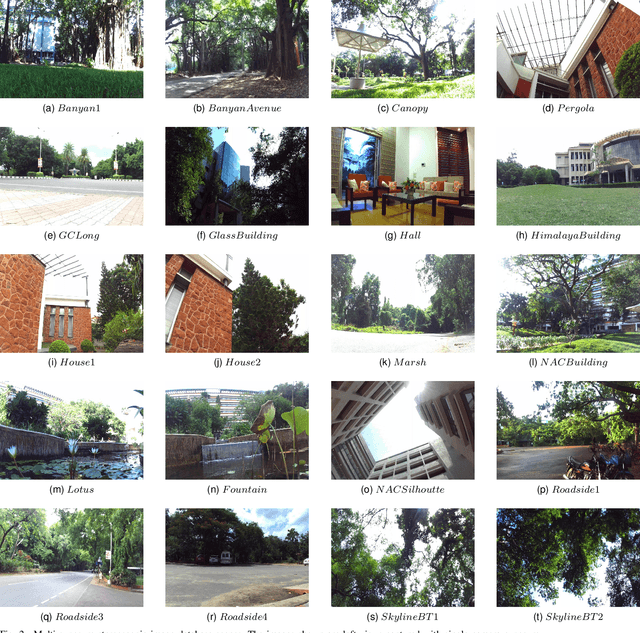
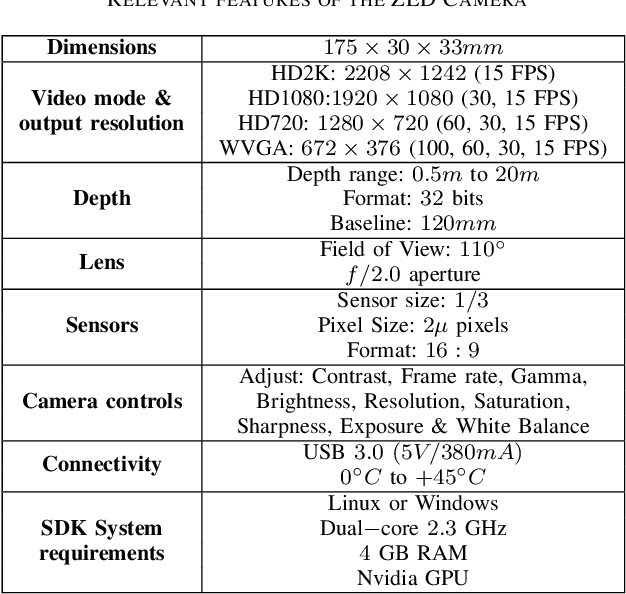
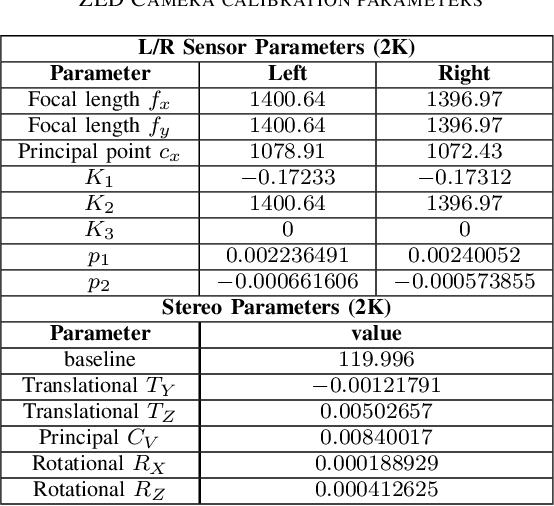
Abstract:Immersive displays such as VR headsets, AR glasses, Multiview displays, Free point televisions have emerged as a new class of display technologies in recent years, offering a better visual experience and viewer engagement as compared to conventional displays. With the evolution of 3D video and display technologies, the consumer market for High Dynamic Range (HDR) cameras and displays is quickly growing. The lack of appropriate experimental data is a critical hindrance for the development of primary research efforts in the field of 3D HDR video technology. Also, the unavailability of sufficient real world multi-exposure experimental dataset is a major bottleneck for HDR imaging research, thereby limiting the quality of experience (QoE) for the viewers. In this paper, we introduce a diversified stereoscopic multi-exposure dataset captured within the campus of Indian Institute of Technology Madras, which is home to a diverse flora and fauna. The dataset is captured using ZED stereoscopic camera and provides intricate scenes of outdoor locations such as gardens, roadside views, festival venues, buildings and indoor locations such as academic and residential areas. The proposed dataset accommodates wide depth range, complex depth structure, complicate object movement, illumination variations, rich color dynamics, texture discrepancy in addition to significant randomness introduced by moving camera and background motion. The proposed dataset is made publicly available to the research community. Furthermore, the procedure for capturing, aligning and calibrating multi-exposure stereo videos and images is described in detail. Finally, we have discussed the progress, challenges, potential use cases and future research opportunities with respect to HDR imaging, depth estimation, consistent tone mapping and 3D HDR coding.
Wideband Beamforming with Rainbow Beam Training using Reconfigurable True-Time-Delay Arrays for Millimeter-Wave Wireless
Nov 30, 2021
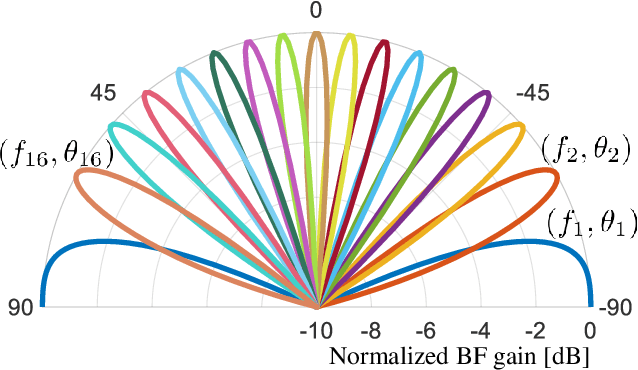


Abstract:The decadal research in integrated true-time-delay arrays have seen organic growth enabling realization of wideband beamformers for large arrays with wide aperture widths. This article introduces highly reconfigurable delay elements implementable at analog or digital baseband that enables multiple SSP functions including wideband beamforming, wideband interference cancellation, and fast beam training. Details of the beam-training algorithm, system design considerations, system architecture and circuits with large delay range-to-resolution ratios are presented leveraging integrated delay compensation techniques. The article lays out the framework for true-time-delay based arrays in next-generation network infrastructure supporting 3D beam training in planar arrays, low latency massive multiple access, and emerging wireless communications standards.
A Novel Unified Model for Multi-exposure Stereo Coding Based on Low Rank Tucker-ALS and 3D-HEVC
Apr 10, 2021



Abstract:Display technology must offer high dynamic range (HDR) contrast-based depth induction and 3D personalization simultaneously. Efficient algorithms to compress HDR stereo data is critical. Direct capturing of HDR content is complicated due to the high expense and scarcity of HDR cameras. The HDR 3D images could be generated in low-cost by fusing low-dynamic-range (LDR) images acquired using a stereo camera with various exposure settings. In this paper, an efficient scheme for coding multi-exposure stereo images is proposed based on a tensor low-rank approximation scheme. The multi-exposure fusion can be realized to generate HDR stereo output at the decoder for increased realism and exaggerated binocular 3D depth cues. For exploiting spatial redundancy in LDR stereo images, the stack of multi-exposure stereo images is decomposed into a set of projection matrices and a core tensor following an alternating least squares Tucker decomposition model. The compact, low-rank representation of the scene, thus, generated is further processed by 3D extension of High Efficiency Video Coding standard. The encoding with 3D-HEVC enhance the proposed scheme efficiency by exploiting intra-frame, inter-view and the inter-component redundancies in low-rank approximated representation. We consider constant luminance property of IPT and Y'CbCr color space to precisely approximate intensity prediction and perceptually minimize the encoding distortion. Besides, the proposed scheme gives flexibility to adjust the bitrate of tensor latent components by changing the rank of core tensor and its quantization. Extensive experiments on natural scenes demonstrate that the proposed scheme outperforms state-of-the-art JPEG-XT and 3D-HEVC range coding standards.
 Add to Chrome
Add to Chrome Add to Firefox
Add to Firefox Add to Edge
Add to Edge